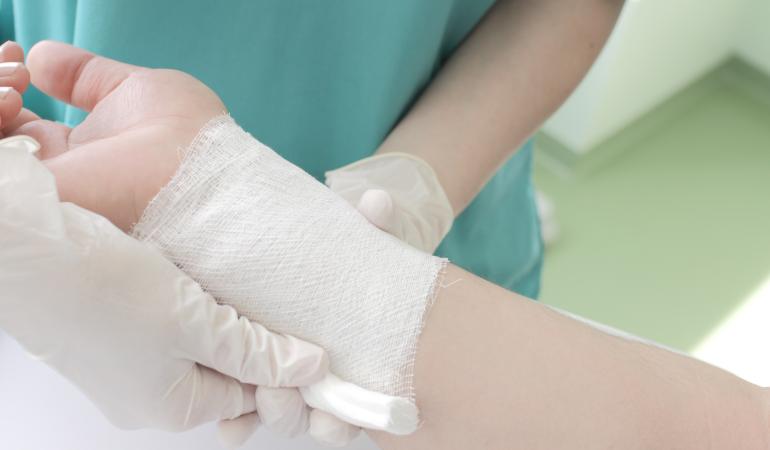
This week, a refugee from Syria was found to be infected with the diphtheria bacterium. The patient has been treated with antibiotics. The patient’s contacts have been tested and vaccinated.
The refugee had an infected wound, but no respiratory symptoms. A laboratory test confirmed the presence of the diphtheria bacterium in the wound. The pathogen was not found in the throat, meaning that the chance of a further spread is small. The patient’s contacts have also been tested. None of them had experienced symptoms, and all of them tested negative. The contacts that were not sufficiently vaccinated have been vaccinated against diphtheria.
Europe
By the end of last month, the diphtheria bacterium had already been found in 92 refugees across Europe. This was the first infection found in the Netherlands. Although vaccinations against the diphtheria bacterium are available worldwide, some countries do not implement their vaccination programmes or implement them only in part for reasons including war. As a result, this pathogen continues to circulate. In the Netherlands, the vaccination against the diphtheria bacterium has been part of the National Immunisation Programme since 1957. Diphtheria cases in the Netherlands are therefore extremely rare. On occasion, people contract diphtheria when travelling abroad in countries where the pathogen is still present.
Infection
Diphtheria is a serious and highly infectious disease. Cutaneous diphtheria is characterised by lesions on the skin. These can usually be effectively treated with antibiotics. If the respiratory system becomes infected, the disease can lead to severe shortness of breath. It can also damage the myocardium and the nervous system. Although fully vaccinated people may still contract cutaneous diphtheria, they are protected against a serious progression of the disease.